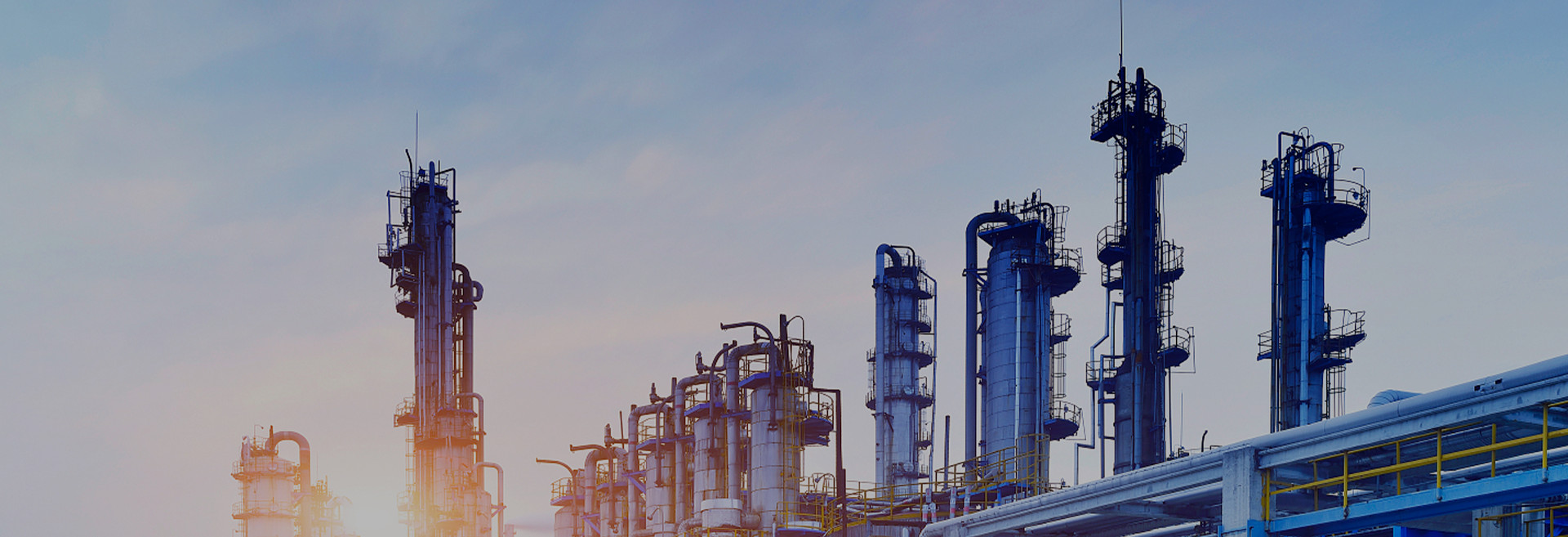Carbon tetrafluoride is a completely anthropogenic compound that does not occur naturally. There are two primary industrial synthesis routes to producing CF4:
Direct Fluorination – This involves reacting elemental carbon with excess elemental fluorine gas at high temperatures of 300-400°C. It directly replaces all hydrogen atoms in CH4 with fluorine. However, side reactions tend to limit yields to 30-40%.
Hydrofluorination – Here,methane CH4 gas reacts with hydrogen fluoride HF at ~250°C using a chromium or antimony catalyst. This produces an intermediate that further reacts to replace all hydrogen atoms with fluorine, yielding over 90% CF4.
Both processes require handling hazardous fluorine-containing reactants using specialized corrosion-resistant equipment. The crude CF4 product also goes through subsequent purification steps like fractional distillation to reach >99.9% purity needed for electrical applications.
Despite these complexities, industrial scale production of CF4 was established in the mid-1900s to serve growing demand for gaseous dielectrics. Typical modern production volume is around 20,000 tons annually worldwide.
Post time: Oct-20-2023

